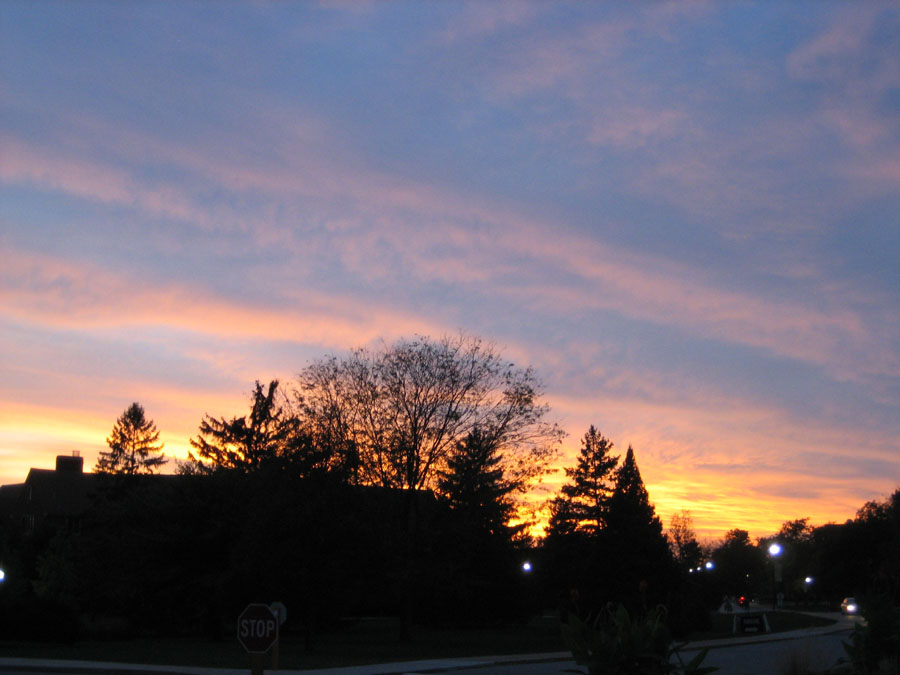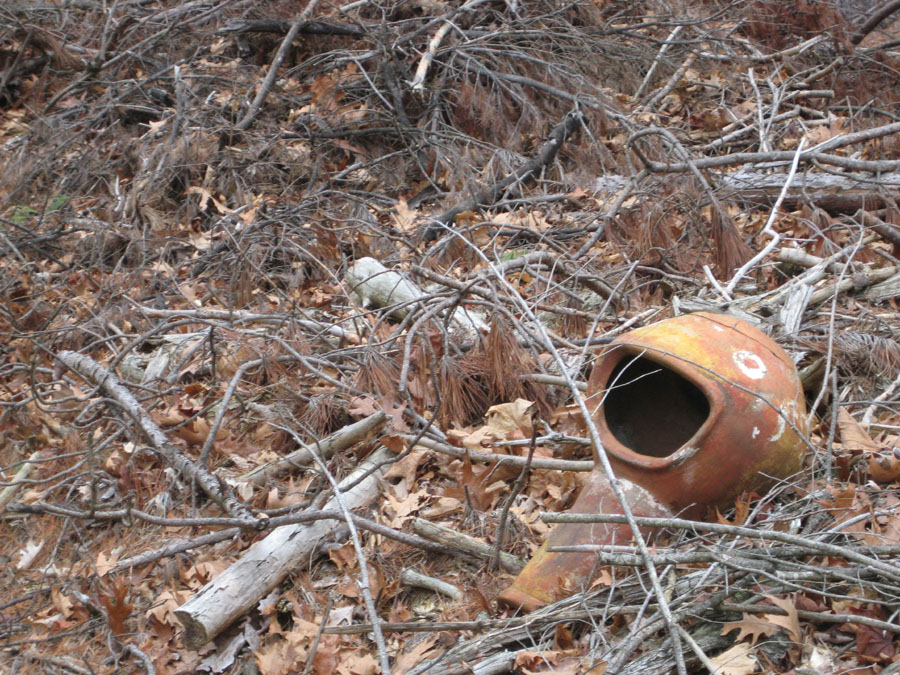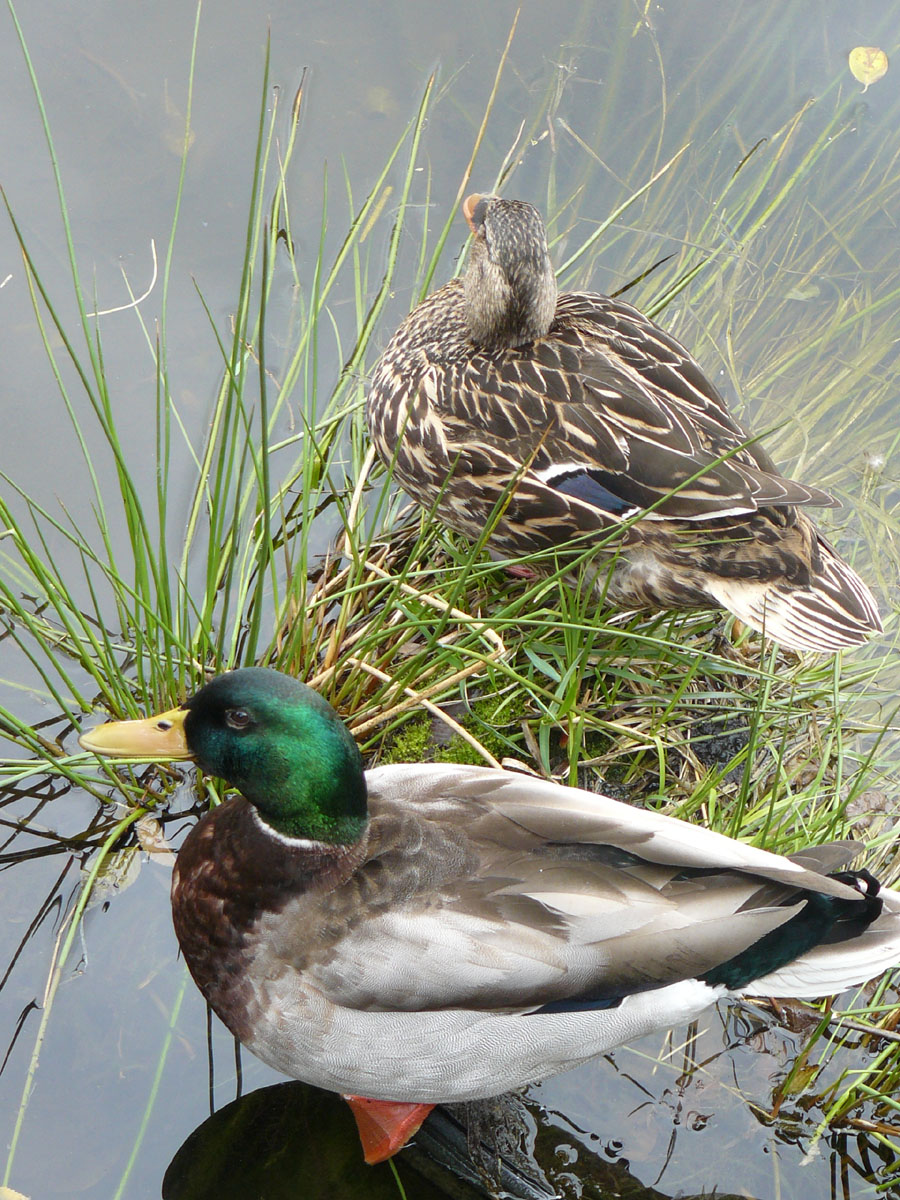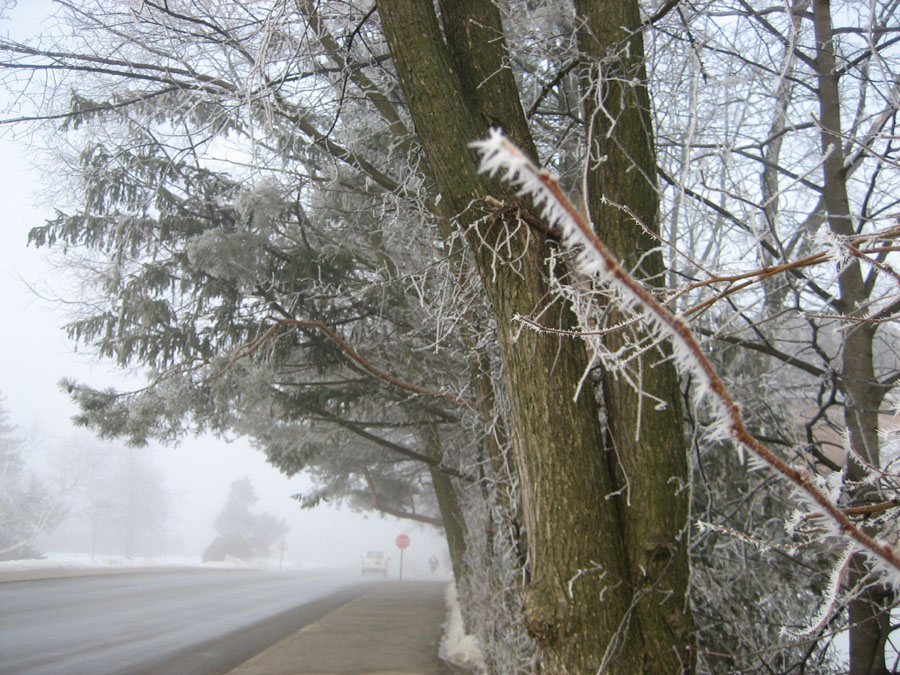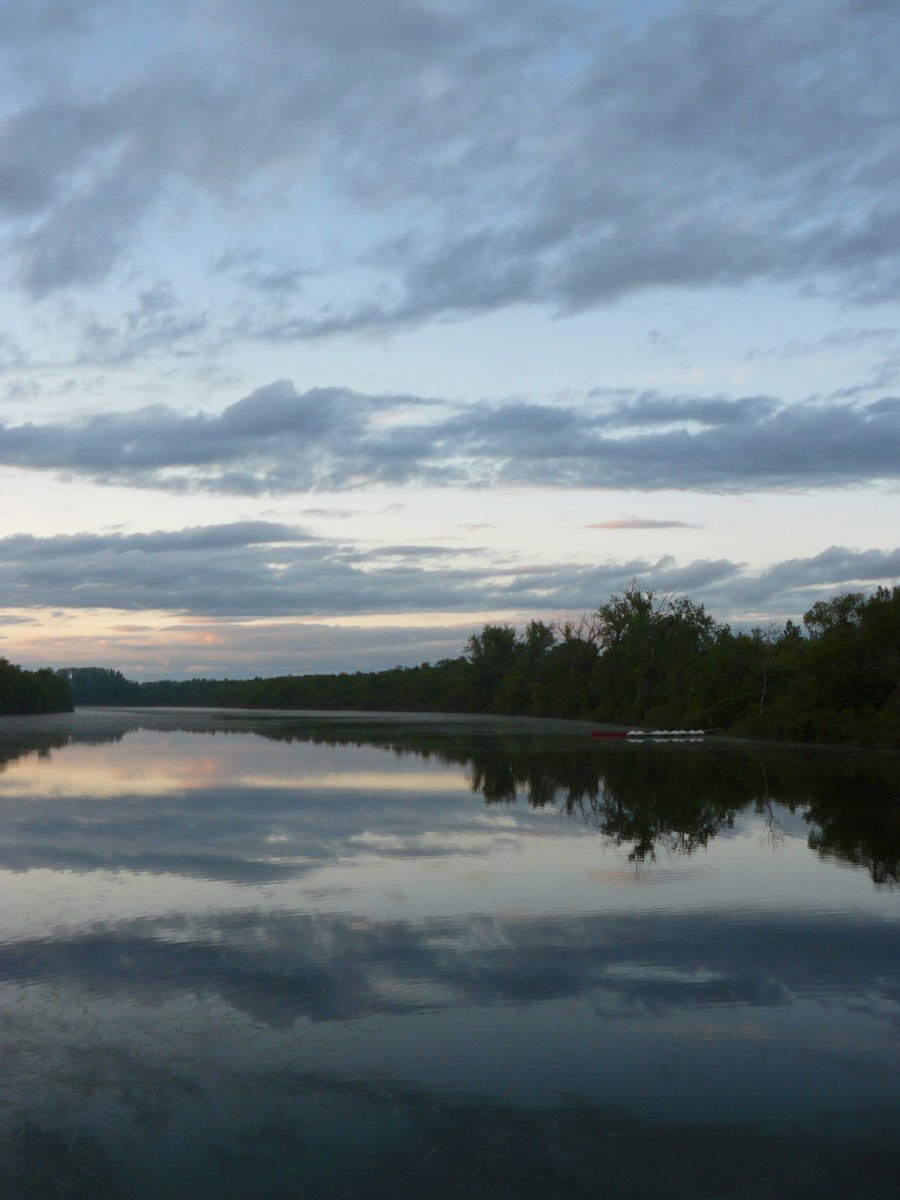 Location Taken: Spruce Woods, Manitoba, Canada
Location Taken: Spruce Woods, Manitoba, Canada
Time Taken: June 2010
Sometimes all it takes for a gorgeous photo is a magnificent sunset and a gentle lake to reflect it.
In this case, it’s an oxbow lake right by the main campground at Spruce Woods Provincial Park in Manitoba, a lovely little park in the southwest corner of Manitoba.
This was not the place we’d been planning to spend the night when we were planning . It’s not because we’d run behind schedule, just the opposite in fact. We’d made rather good time that day, and had passed our planned campground by early afternoon.
This lovely little campground just 30 kilometers south of the Trans-Canada Highway looked like an excellent place to spend the night. Provincial parks (or State parks, in the US) are excellent campgrounds. They’re always pretty, and small enough that you can easily see what made them make this area a park. And they’re usually well-maintained and quite cheap to stay at.
This park has a place called Spirit Sands as its main attraction, a small bit of desert dunes in the middle of the Canadian prairie, but we didn’t bother visiting. Instead, after setting up our tents while we still had light, we walked over to the lake and swimming area. It’s an oxbow lake, which means that it’s a cut off meander of a river, in this case the Assiniboine river. It’s in a U-shape, with the campground in the center of the U. There’s also an upper campground, which even has yurts for those who don’t want to mess with tents.
It was a pretty swimming area, with floats to mark the areas set aside for it. There was a small boat dock for canoes, and a lovely bridge over the lake to connect the two camping areas.
Well, at least there used to be a bridge. I’m not sure if it’s still there.
There was a major flood there the year after we visited. If you look at the Google Maps satellite view of the area, it actually shows the extent of the flooding. Including a break in the flowing water where the bridge was, looking exactly like you’d expect if the bridge was underwater.
The place where we camped is in that stand of trees where you can easily see the brown flood water peaking out between them. And to the north is the raging river, flowing strong enough to take out parts of the road by it.
I may visit the place again, or I may not. If I do, it will look different from what’s in this photo.
Which only makes the photo more precious. It captures a moment in time that can no longer be recaptured, even if I stood in the exact same place at another sunset.

